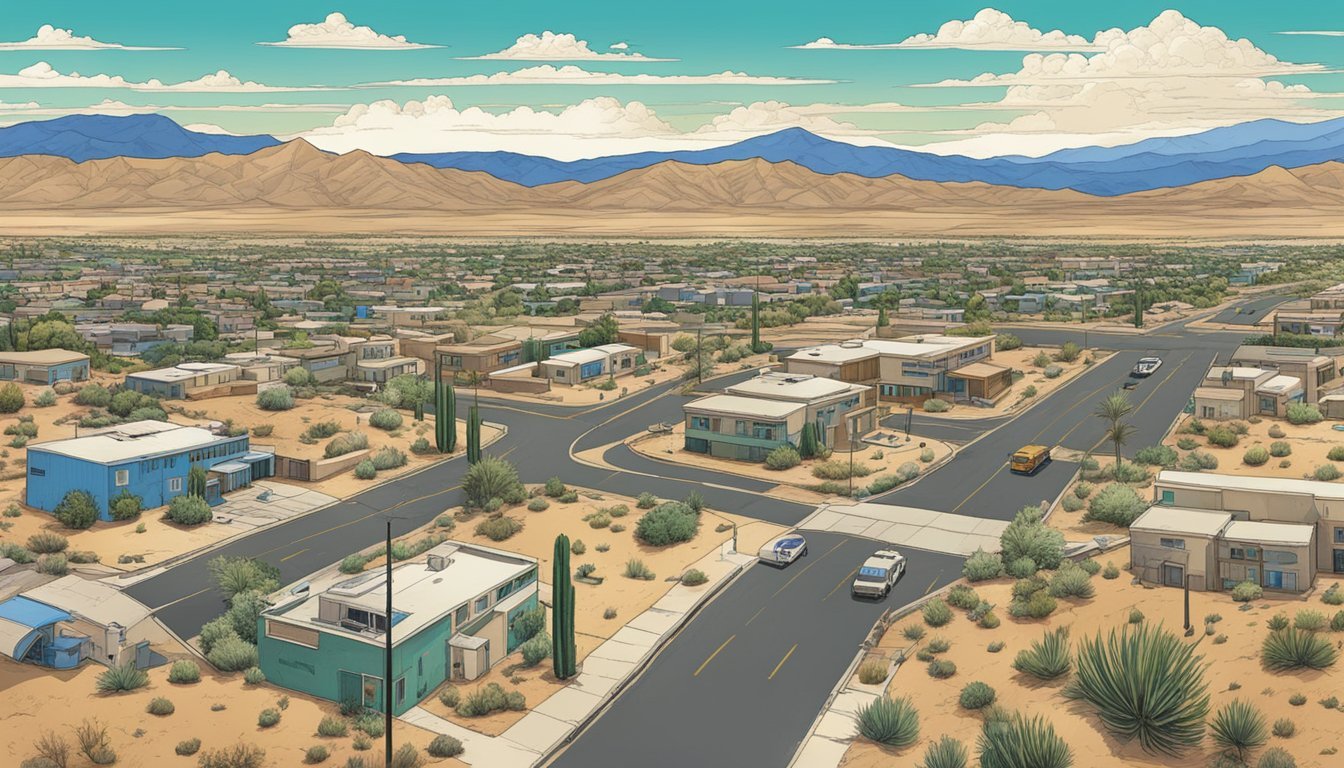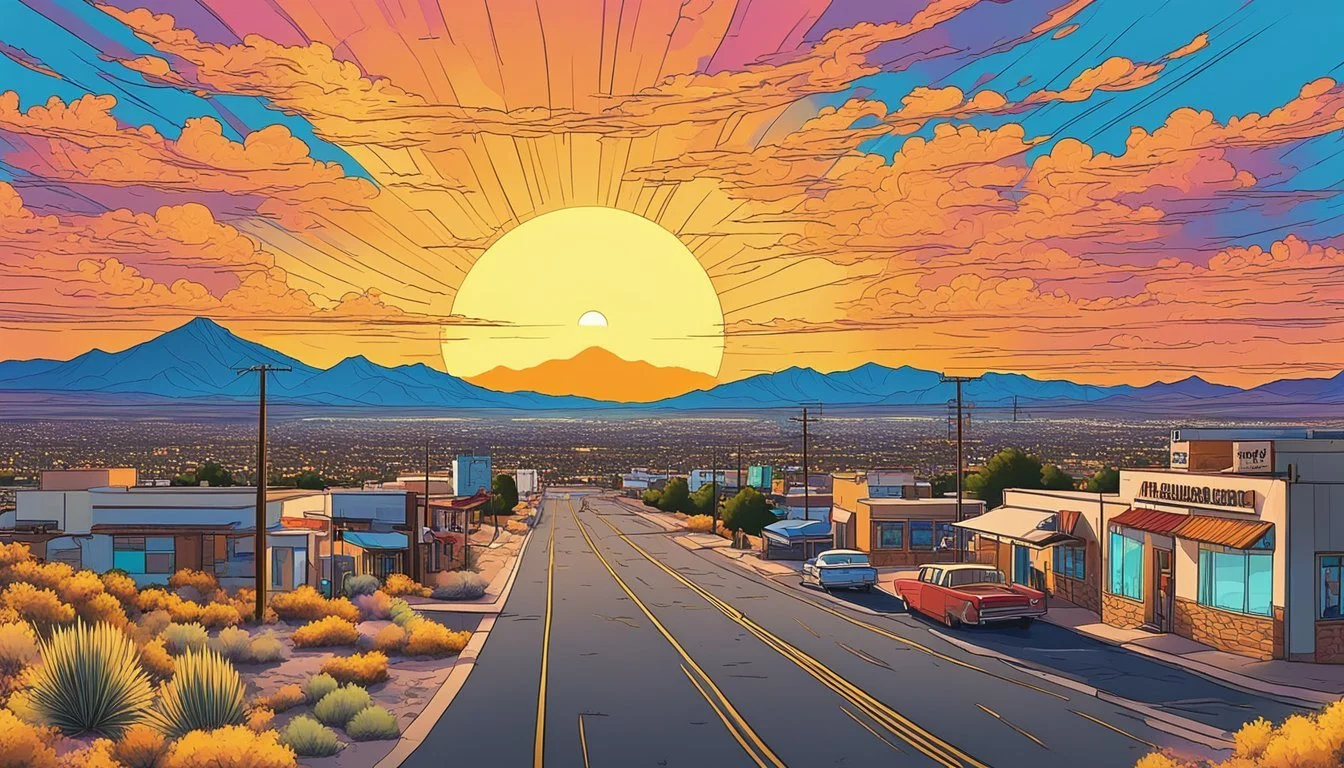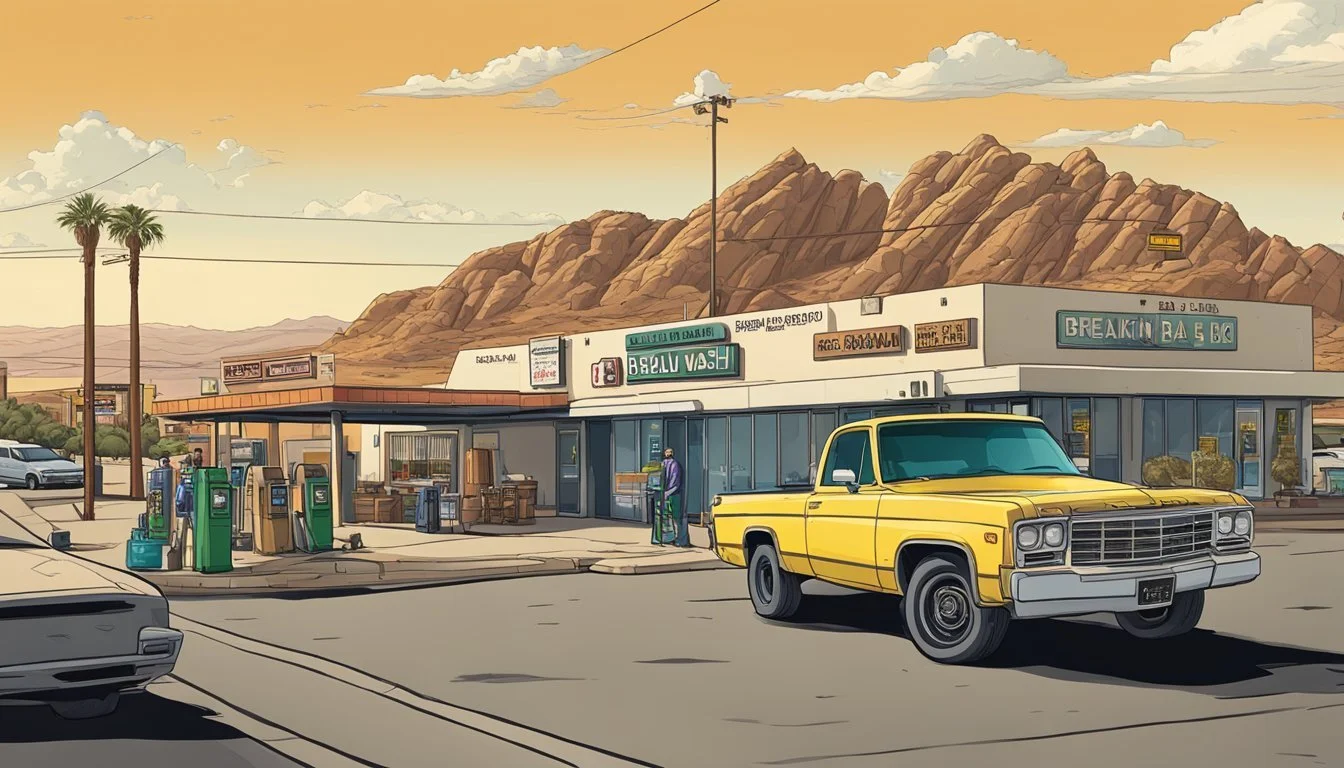Albuquerque as a Character: The City's Role in Breaking Bad
Exploring the Urban Backdrop of a TV Phenomenon
Albuquerque, New Mexico served as more than just a backdrop for the critically acclaimed television series "Breaking Bad." The city's unique blend of urban and desert landscapes became an integral part of the show's narrative, shaping its visual style and character development. From sprawling suburban neighborhoods to stark desert vistas, Albuquerque's diverse scenery provided a rich tapestry for the unfolding drama.
The city's gritty charm and distinctive atmosphere played a crucial role in establishing the tone and mood of "Breaking Bad," effectively becoming a character in its own right. The show's creators utilized Albuquerque's varied locations to great effect, showcasing both its beauty and its grittier aspects. This authentic portrayal of the city helped ground the series in reality, despite its often fantastical plot elements.
Beyond its on-screen presence, Albuquerque experienced a significant impact from the show's popularity. The city saw a surge in tourism, with fans flocking to visit iconic filming locations. Local businesses capitalized on this newfound attention, offering "Breaking Bad"-themed tours and merchandise. The series not only put Albuquerque on the map for many viewers but also contributed to its cultural and economic revitalization.
Albuquerque: The Heart of 'Breaking Bad'
Albuquerque played a pivotal role in shaping the visual style and narrative of Breaking Bad. The city's unique blend of urban and desert landscapes provided a rich backdrop for the unfolding drama.
Capturing the Essence of New Mexico
Breaking Bad showcased Albuquerque's diverse scenery, from its arid deserts to its bustling urban centers. The show's creator chose the city not just for tax incentives, but for its distinctive character.
New Mexico's "Land of Enchantment" moniker came to life on screen through stunning shots of the Sandia Mountains and vast desert expanses. These landscapes became intrinsic to the show's atmosphere, reflecting the characters' internal struggles.
The series also highlighted Albuquerque's unique cultural heritage. It incorporated elements of Native American and Anglo influences, adding depth to the city's portrayal.
Albuquerque's Intrinsic Role
Albuquerque transformed from a mere setting into a character in its own right. The city's gritty urban areas and stark desert outskirts mirrored the moral ambiguity of the show's protagonists.
Local landmarks became iconic through their association with key plot points. The city's diverse neighborhoods served as backdrops for both mundane and dramatic moments, enhancing the story's realism.
Breaking Bad's portrayal of Albuquerque had a significant impact on the city itself. It sparked a surge in tourism, with fans eager to explore Walter White's world. The show's success led to the creation of Breaking Bad-themed tours and even the declaration of a "Breaking Bad Day" by a former mayor.
Key Locations in the Land of Enchantment
Albuquerque's diverse landscapes and iconic establishments played a crucial role in shaping Breaking Bad's visual identity. From urban landmarks to rugged desert vistas, the city's unique character became inseparable from the show's narrative.
Iconic Businesses and Landmarks
Los Pollos Hermanos, the fictional fast-food chain, was brought to life at Twisters, a real Albuquerque restaurant. This location became a fan favorite, embodying Gus Fring's dual nature as a businessman and drug kingpin.
The A1A Car Wash, Walter White's money-laundering front, is another recognizable site. Its transformation from a mundane business to a key plot element showcases Albuquerque's everyday locations in extraordinary roles.
Jesse Pinkman's house and Walter White's residence are pivotal residential landmarks. These homes, nestled in ordinary neighborhoods, highlight the show's theme of danger lurking in suburban settings.
The Crossroads Motel, nicknamed "The Crystal Palace," represents Albuquerque's grittier side. Its appearance in multiple scenes underscores the city's complex social landscape.
The Scenic and Rugged Desert
Albuquerque Studios served as the primary production facility, but the surrounding desert became an integral character. The vast, arid landscapes provided a stark backdrop for many of the show's intense moments.
The Sandia Mountains, visible from much of Albuquerque, offered a constant, looming presence. Their striking appearance at different times of day added depth to outdoor scenes.
Route 66, running through Albuquerque, connected various filming locations. This historic highway symbolizes both the city's past and the characters' journeys.
The surrounding desert areas, with their isolation and natural beauty, became silent witnesses to pivotal plot developments. These locations emphasized the characters' isolation and the harsh realities of their choices.
The Integration of Fiction and Reality
Breaking Bad's portrayal of Albuquerque blurred the lines between fiction and reality. The show's impact extended beyond the screen, influencing local businesses and tourism in unexpected ways.
Blurring the Lines Through Iconography
Breaking Bad's iconic imagery became intertwined with Albuquerque's identity. The RV, a central element in Walter White's meth production, transformed into a symbol of the show's presence in the city.
Local businesses embraced the show's popularity. The Candy Lady, a confectionery shop, began selling "Blue Sky" candy that resembled the show's signature methamphetamine. Rebel Donut created a "Blue Sky" donut topped with blue rock candy.
These real-world echoes of fictional elements created a unique fusion of the show's narrative and the city's actual landscape.
The Impact on Local Tourism
Breaking Bad sparked a surge in tourism to Albuquerque. Fans eager to experience the show's locations flocked to the city, creating a new sector of film tourism.
Tour companies like ABQ Trolley Co. capitalized on this trend, offering "Breaking Bad" location tours that quickly became popular. Tourists sought out iconic spots like Walter White's house and Los Pollos Hermanos.
The "Bathing Bad" bath products line emerged as another creative response to the show's popularity. This blend of fiction-inspired tourism and local entrepreneurship demonstrates how deeply Breaking Bad's narrative impacted Albuquerque's real-world economy and identity.
Breaking Bad's Effect on Albuquerque's Community
Breaking Bad transformed Albuquerque's image and economy. The show brought attention to local issues while boosting tourism and film production in the city.
Economic and Cultural Influence
Breaking Bad catapulted Albuquerque into the spotlight, attracting tourists and film productions. The city became a popular filming location, hosting 21 movies and 5 TV series in 2013 alone. This influx created jobs and stimulated the local economy.
Tourism surged as fans flocked to see iconic locations from the show. Local businesses capitalized on the popularity, selling Breaking Bad-themed merchandise like blue rock candy and T-shirts.
The series also put Albuquerque on the map as a cultural destination. It sparked interest in the city's unique blend of urban and desert landscapes, which played a crucial role in shaping the show's visual style.
Issues Highlighted by the Series
Breaking Bad shed light on Albuquerque's existing challenges, particularly its drug problem and criminal underworld. The show's portrayal of methamphetamine production and distribution drew attention to real-life drug issues in the city.
While some worried about negative stereotypes, others saw it as an opportunity to address these problems. The series sparked conversations about crime, addiction, and the socioeconomic factors contributing to these issues.
Law enforcement agencies reported increased awareness of drug-related crimes. This heightened attention led to more resources being allocated to combat drug trafficking and production in the area.




